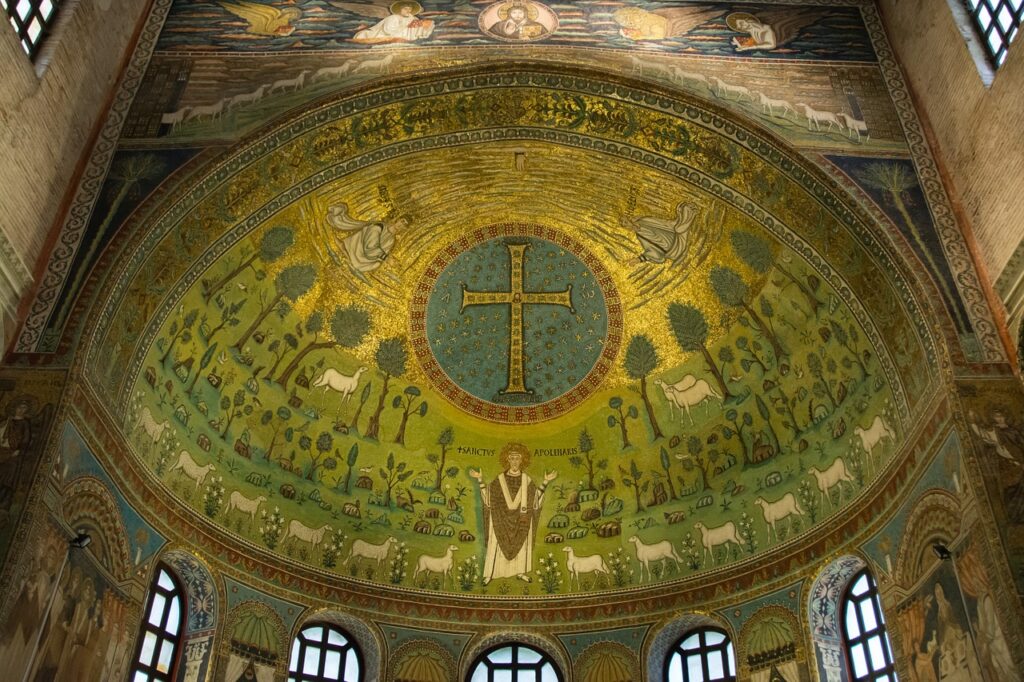
Have you ever wondered who was the first and the last Roman Emperor? I am sure that you must have found the first one: Julius Ceasar. But what about the last one? The man who represented the last emperor of the Roman legacy is known as Constantine Paleologos. He died fighting against the Ottomans during the conquest of Constantinople in 1453 and he spoke Greek.
It’s worth mentioning that the terms “byzantine” and “byzantium” were firstly introduced by western European scholars in 18th century referring to the ancient name of the Greek city of Constantinople known as Byzantium. Essentially, Rome was transferred to Contantinople by Constantine the Great in 330 A.D. and while the Western part of the empire was gradually falling to the barbaric tribes of the North, the Eastern Roman Empire preserved the heritage of the roman culture and identinty. In the 7th century A.D the Greek language becomes the official language of the empire and the components of the Roman citizenship are consisted of orthodox christianity, the Greek Roman law and the Greek language.
Being a Roman citizen meant to be a universal citizen and Rome was doomed to live eternally. In this aspect the “byzantines” had attibuted a divine providence to their empire . From 330 A.D to 1453, the byzantines had been producing unique pieces of art, architecture, many innovations in sciences and medicine. Last but not least. they brought out an extremelly rich litterature about Orthodox christian spiritual life .
The Greeks have been carrying till today many of these aspects in their identity and mentality. This is what we call “Romios” . A Greek in other words .